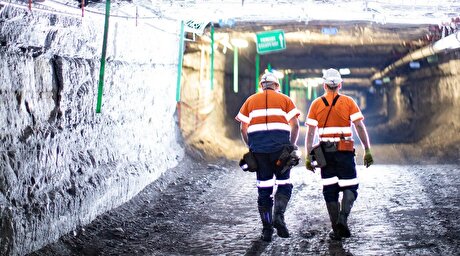
As Fortescue taps Guinea, China eyes broader iron ore supply sources

Even as clouds gather over the global economy amid the bitter trade war between Washington and Beijing, Fortescue CEO Elizabeth Gaines told an industry event in Melbourne that China still has a considerable way to go before it reaches peak steel usage, predicting robust growth this year.
“Those who think that growth is going to slow, or that China won’t continue to look to develop broader markets for supply would be at risk of underestimating some important factors,” she said, referring to the continuing urbanisation of the country.
Australia is currently by far the world’s biggest exporter of iron ore, accounting for more than half of global supply
Gaines’ comments came just a few days after Fortescue confirmed it has submitted a bid to develop two blocks in the giant Simandou iron ore deposit in Guinea, with a government commission expected to come to a final decision in early to mid November, sources told Reuters.
Australia is currently by far the world’s biggest exporter of iron ore, accounting for more than half of global supply.
“We know that there is high grade iron ore there (Simandou) … it makes sense to look at where those high-grade iron ore deposits are,” Gaines said. “At some point those deposits will be developed, so having an interest in that we think does make strategic sense.”
China still has a way to go before it reaches peak steel usage, which has occurred in developed nations when urbanisations rates hits “well above” 70%, she said. Last year, China’s urbanisation rate neared 60%.
“If you’d asked me at the beginning of the year, I would have thought (China’s) steel demand would increase between 2-4%. The reality is, it’s going to end up the full year … between 7-8%, which still gets it on track to close to 1 billion tonnes of steel production.”
Also, she said, China’s giant ‘Belt and Road’ infrastructure project across Asia is fuelling steel use throughout the region.
Beyond iron ore exploration, Gaines also said Fortescue was investing in hydrogen research, both to cut its own emissions and as it taps the potential for Australia’s next big export market as countries like Japan and South Korea seek paths towards cleaner energy sources.
Australia is due to release a roadmap for developing a hydrogen industry in December.
“We do actually see that over the long term, countries like Japan and Korea who are really focused on developing their hydrogen technology for energy requirements they will be net importers of hydrogen,” Gaines said. “So we see it as an export opportunity.”

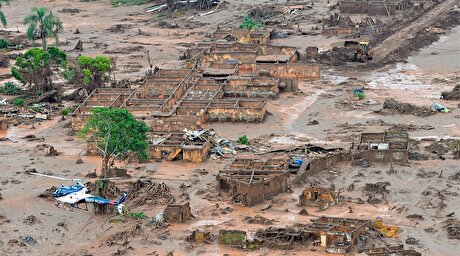
BHP, Vale accused of ‘cheating’ UK law firm out of $1.7 billion in fees
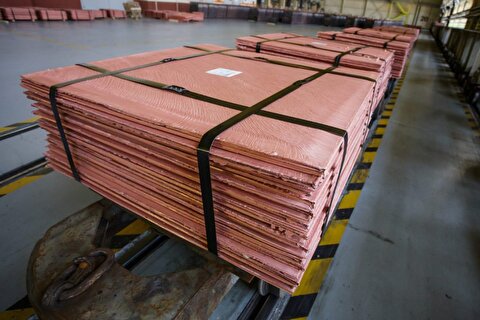
Trump tariff surprise triggers implosion of massive copper trade
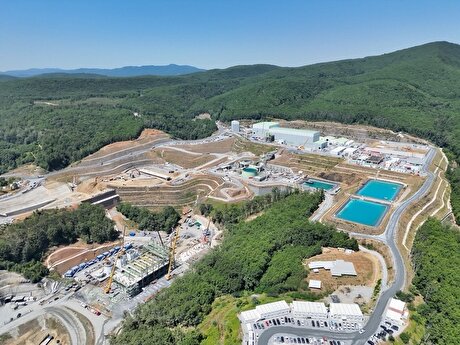
Eldorado to kick off $1B Skouries mine production in early 2026
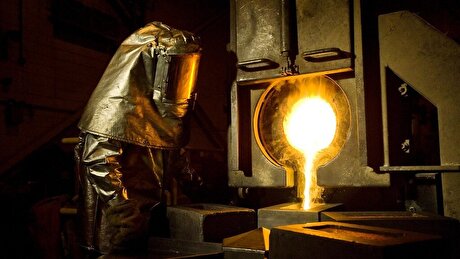
Newmont nets $100M payment related Akyem mine sale
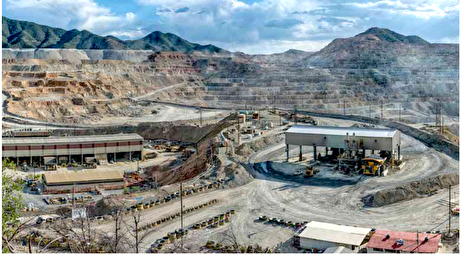
Southern Copper eyes $10.2B Mexico investment pending talks
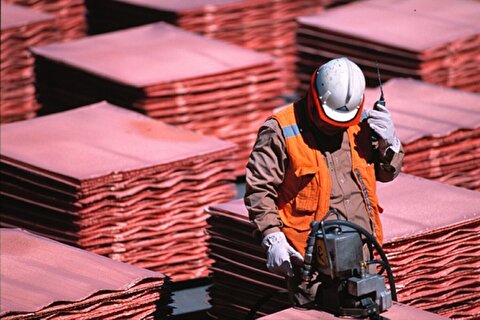
Copper price collapses by 20% as US excludes refined metal from tariffs

First Quantum scores $1B streaming deal with Royal Gold
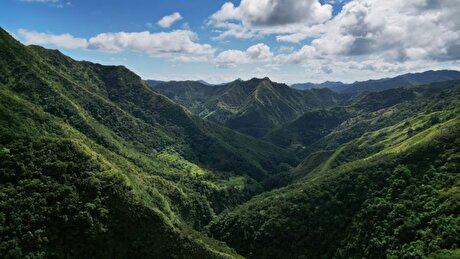
St Augustine PFS confirms ‘world-class’ potential of Kingking project with $4.2B value

Caterpillar sees US tariff hit of up to $1.5 billion this year

Australia pledges $87M to rescue Trafigura’s Nyrstar smelters in critical minerals push

Fresnillo lifts gold forecast on strong first-half surge

Why did copper escape US tariffs when aluminum did not?
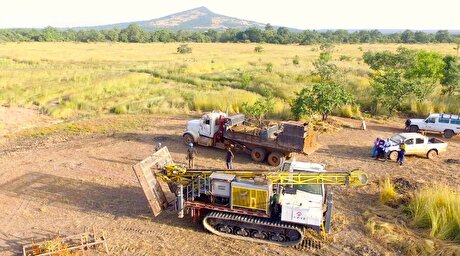
Fortuna rises on improved resource estimate for Senegal gold project

Caterpillar sees US tariff hit of up to $1.5 billion this year
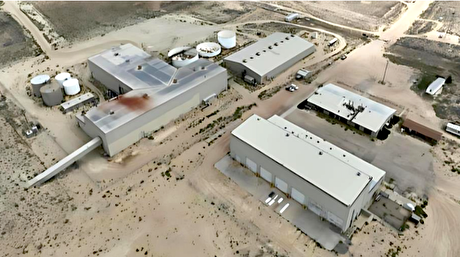
Uranium Energy’s Sweetwater plant on fast track for in-situ mining approval
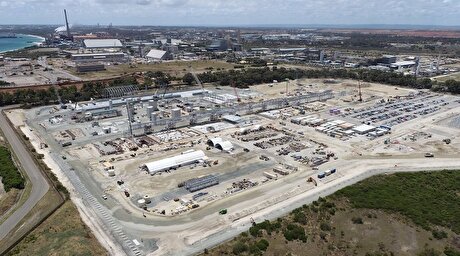
Tianqi Lithium Australia JV says it is prioritizing long-term viability of refinery

First Quantum scores $1B streaming deal with Royal Gold
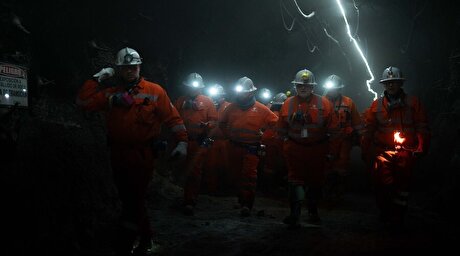
One dead, five missing after collapse at Chile copper mine

Eldorado to kick off $1B Skouries mine production in early 2026

Australia pledges $87M to rescue Trafigura’s Nyrstar smelters in critical minerals push

Fresnillo lifts gold forecast on strong first-half surge

Why did copper escape US tariffs when aluminum did not?

Fortuna rises on improved resource estimate for Senegal gold project

Caterpillar sees US tariff hit of up to $1.5 billion this year

Uranium Energy’s Sweetwater plant on fast track for in-situ mining approval

Tianqi Lithium Australia JV says it is prioritizing long-term viability of refinery

First Quantum scores $1B streaming deal with Royal Gold

One dead, five missing after collapse at Chile copper mine














